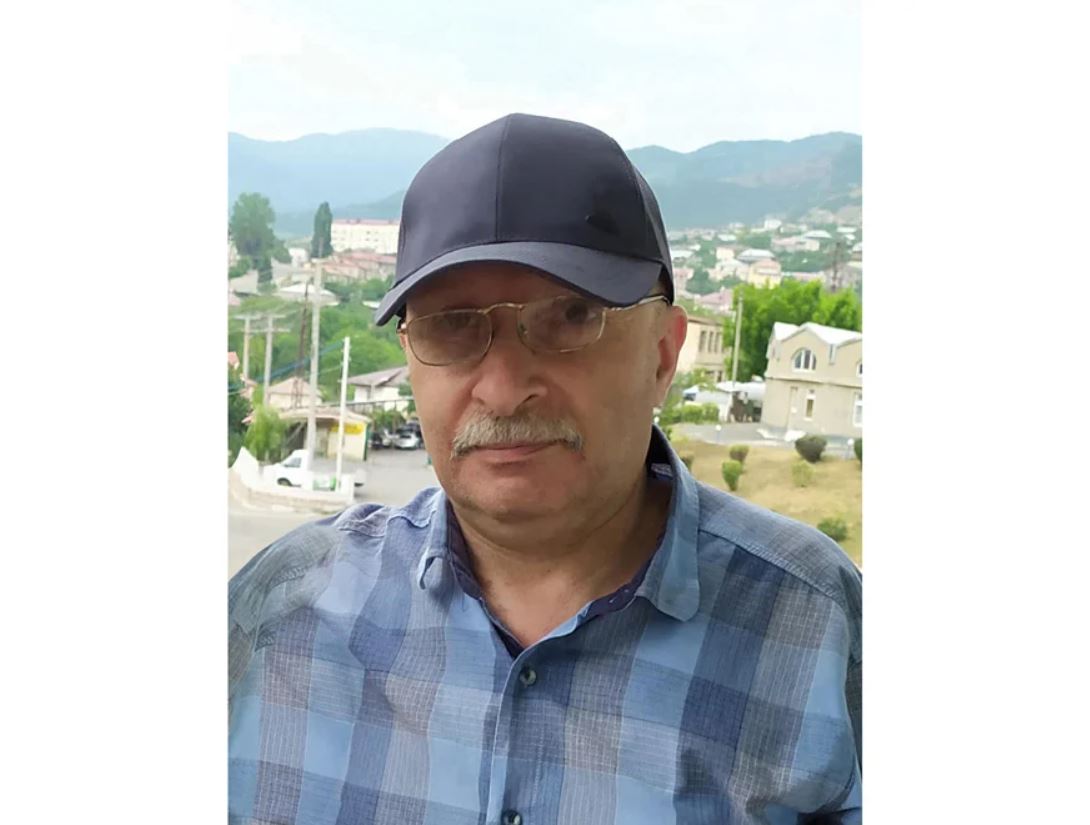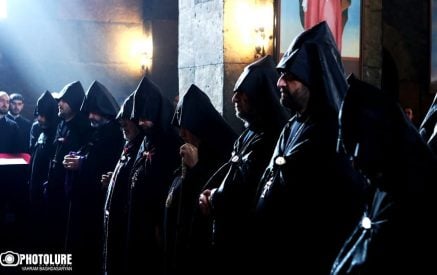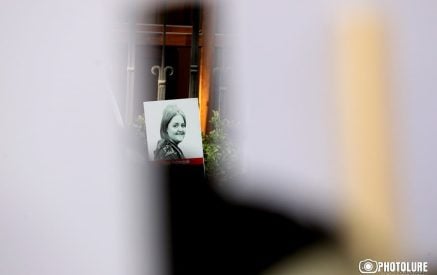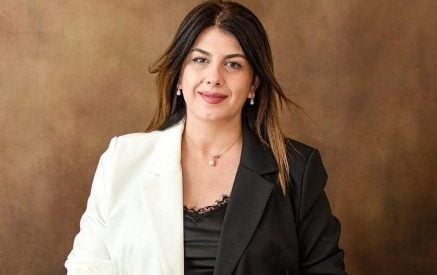The son of my interlocutor, Artsakh folk writer Vazgen Ovyan, Vardges Ovyan, his family, his elderly mother with health problems, his sister, and other family members are in Artsakh, under siege.
– How are the two hundred and more days of the blockade going?
– Artsakh continues to be surrounded and besieged by a friendly country of the Armenian authorities. However, despite many difficulties and inhuman cruelty towards the people of Artsakh, life continues here. Children are born, people die, high school students pass exams, young people fall in love, date, and form new families. Outside is a lively, joyful noise of children; it’s summer vacation. Everything is going on naturally, like in many normal countries.
But still, something is wrong. As in the famous novel Mine Reed, when it is an ordinary, bright, beautiful day, but the deer, peacefully and quietly spending its ordinary day, notices in amazement that the horseman appearing in front of him, in the distance, has no head. It’s almost the same feeling here in Artsakh; outwardly, everything is normal, and life seems to be going on as usual, but people know and see the “Sword of Damocles” hanging above…
Read also
As you know, first, they cut off the electricity coming from Armenia, then gas, then under the name of environmentalists, at the state level, the road connecting Artsakh with Armenia and the world was closed, then a checkpoint was installed, and any movement to the outside world was prohibited.
– Under these conditions, the problem of various foods and necessities is becoming more acute daily; the authorities of Artsakh have restricted the activities of fuel, food, and some facilities. Do the people of Artsakh understand these restrictions?
- It is clear that they are wholly not accepted and understood because, for example, they close the possibility of people working in bars and restaurants to receive salaries and money. Still, in an emergency, even a war situation, when a few days ago the enemy “the enemy extinguished the light of four families,” many people understand the need for restrictions.
– After the war, many families were divided; some were still in Armenia, waiting to clarify the status issue, some for treatment and other purposes. Because of the blockade, families are still being separated.
– It is natural that in this challenging situation, some people managed to leave Artsakh somehow. People are different. But, in general, the people of Artsakh have always stood out for their tough character, persistence, and determination. By the way, I only learned from my Yerevan-based historian friend in recent years that more than half of the six thousand Armenian soldiers participating in the battle of Sardarapat were volunteers from Artsakh.
Before that, I knew about them and their bravery from Marshal Baghramyan’s memoirs, but I did not realize they were most Armenian fighters. When Nakhichevan, cut off from Azerbaijan, was depopulated entirely in a short time during the Soviet years, Artsakh, surrounded on four sides by Azerbaijani settlements, continued to live and exist as Armenians during the six Soviet decades, despite all the efforts of the Baku authorities to depopulate the NK autonomous region.
I don’t think an empty house or apartment can be found in Stepanakert today, although many Artsakh residents remained in Armenia after the siege of Artsakh. Most of them returned with the help of Russian peacekeepers, the Red Cross, and some of them returned through the forests to areas controlled by the enemy, risking their lives.
Interviewed by Ruzan MINASYAN
“Aravot” daily newspaper 08.07.2023

























































